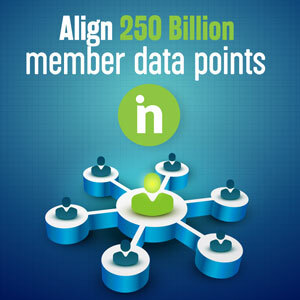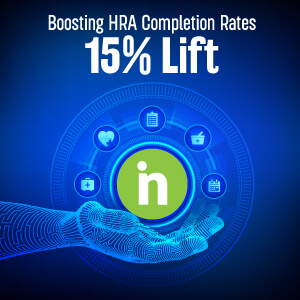Provider Insights are Key to Ensuring Strong Performance on Critical CAHPS Measures
By Jorge Miranda, Chief Commercial Officer, Insightin Health Health plans that seek to understand the factors impacting Consumer Assessment of Health Plans and Systems (CAHPS®) survey scores must look beyond their one-to-one relationships and interactions with members. There is another key player in member experience that must be considered – the healthcare provider. In fact, when looking at national CAHPS survey benchmarks, the two measures with the lowest average scores are Measure C-21, Getting Needed Care (with an average score of 83 out of 100) and Measure C-22, Getting Appointments and Care Quickly (with an average score of 78 out of 100). Both measures are directly correlated to provider experiences, underscoring how important it is for health plans to understand the impact of provider performance on their members in near real-time.Provider insights complete the experience picture
You might think that insight into provider performance will only be useful to health plans that are part of an integrated network and have clear methods to influence and shape provider behavior. Not so, all health plans can leverage provider insights to optimize member experience. By identifying providers with satisfaction issues and understanding the underlying reasons, health plans can develop and execute their own strategies to mitigate these problems. Similarly, a health plan could leverage and share collected information to help providers increase engagement and improve experience.
The key to this effort is comprehensive insight and visibility into both the member and the provider. In a previous blog, we introduced how a health plan could better understand member satisfaction through consolidated analysis of demographic data, social determinants of health (SDoH), mock survey responses, and other data from various readily available sources. We also outlined how artificial intelligence and machine learning could be used on this population to develop prediction models to forecast the satisfaction levels of members where concrete experience data was unavailable.
This process is the foundation to identifying which members are dissatisfied or likely to be dissatisfied, allowing health plans to target outreach appropriately. Tying these dissatisfied members to specific providers allows health plans to understand which providers are experiencing member satisfaction issues. It can also provide insight into the underlying causes related to factors such as patient volume, payer mix, geography, prevalence of SDoH challenges, or other unique provider specific issues that influence performance. Armed with this additional insight, health plans can work with their provider partners to develop solutions to help alleviate these issues.
Turn insight into action that improves member satisfaction
Expanding the understanding of the unique challenges that members face can help health plans quickly identify which levers to pull to increase satisfaction. According to a consumer confidence study by NRC Health, healthcare consumers want to provide feedback quickly. Their data shows 43.8% of consumers prefer to give their experience feedback within a few days of the encounter and 29.2% prefer to give their feedback within a few minutes. This suggests that health plans have an opportunity to collect valuable member feedback by following a model that has been effectively used in the retail industry for years: the real-time experience survey.
Companies such as CVS, Target, Warby Parker, and Lowe’s send email surveys to customers within minutes of a recorded transaction. They do it because it works. Health plans can implement a similar strategy by actively tracking appointment data from provider electronic health records (EHRs) and sending members post-appointment experience surveys after their encounter.
The content of these surveys can be customized based on the perceived disposition of each member (historically satisfied versus historically unsatisfied) and the format (e.g., email, SMS text, physical mail) can be individualized based on member preferences to increase engagement. The information collected from this outreach can enhance population satisfaction profiles and feed predictive modeling algorithms.
Other interventions based on member and provider data can be targeted toward addressing identified provider-based issues. As an example, Natural Language Processing (NLP) capabilities can be used to analyze provider call center files to gain in-depth knowledge of provider-based experience challenges in the members’ own words. Additionally, if appointment scheduling is identified as a consistent problem with a specific provider, the health plan can work with the provider to explore options to address the issue, including real-time scheduling tools that simplify the member experience.
The provider community is on the front lines of delivering care and influencing the member experience. Working together – and armed with insight – the payers and providers can develop and execute targeted strategies to improve satisfaction.





